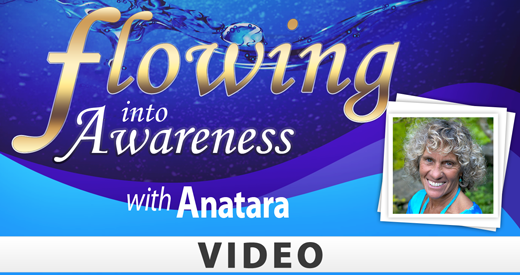| YogaHub |  |
Day 6: Puffing My Kidneys
 That’s what the yoga instructor said as he called my name in class, “puff your kidneys!” I am still capable of quipping back in a New York minute – “say WHAT?”
That’s what the yoga instructor said as he called my name in class, “puff your kidneys!” I am still capable of quipping back in a New York minute – “say WHAT?”
Developing a heightened sense of where your kishkas are may come after many years of yoga practice and study, but that instruction had me puzzled for the rest of the class. It’s not the first time I’ve heard it in an Anusara class either, so I’m guessing it’s part of the language learned by all Anusara instructors.
The instructor was kind enough to come over and place his hand on my back but I still wasn’t able to fulfill his idea of a proper “puff”!
I’ve just spent the past two weeks writing instructions for yoga sequences so I know how difficult it is to choose the words that will help, and not hinder, a yoga student’s understanding of the posture. But when you get into internal organs, most people barely know which side their appendix is on, never mind their spleen, gall bladder or kidneys. And part of this may be because really we need a 3-dimensional point of view to understand their positioning instead of just front and back which is what we’re reduced to in our limited vocabulary.
So although I also frequently call on the organs during final relaxation (more for the sake of naming and creating awareness of their function); I’m not sure what to make of this language, including “lifting the heart” (closest I can see it means “puffing” the chest!) – another popular one in Anusara Yoga. And I won’t even mention (again) the spiraling thighs! I can almost see a whole cartoon animation series illustrating these instructions – but on a human body, I don’t know…
Six Days of Intense Anusara Yoga
- Day 4: Finding Yourself In Someone Else’s World
- Day 5: Who Says?!
- Day 6: Puffing My Kidneys
[tags]anusara yoga, kidneys, yoga practice,yoga poses[/tags]






Just wanted to say that I’ve have enjoyed visiting this site and chuckled aloud at your latest installment on yogic language quirks. While I love to collect precise and insightful language for my own practice, here’s a few perplexing ideas I’ve encountered over the years:
“Breathe into your own beingness”
“Find your own way out of the pose”
“The thought is the leading edge of the feeling”
Here are a few of my favorites:
“Focus on the gap between the in-breath and the out-breath”
“Let your Self be seen by yourself”
“Y’all khumbak real soon!”
This post made me feel a little protective of my beloved Anusara. One of the greatest things I’ve found about all my Anusara teachers is a very open class atmosphere and dialog. If I had been in your shoes, I would have just asked my teacher to be more specific about what they meant so I could get the full benefit of the practice. “Spiraling” of the thighs and “kidney loop” you refer to have helped me heal from decades of back pain and I’d be thrilled if you could experience the same.
You have a point in saying that the language is key in teaching. However, I find that once one becomes familiar with the language of Anusara, it is very clear and concise. It is indeed as though you are learning a language, and in so doing, it can become overwhelming or even confusing. Afterall, we are talking about the human anatomy here. I have the same experience as the previous commenter with having been able to heal injuries with Anusara, and find the style to have dramatically changed my yoga practice.
Hi There,
The “kidney puff” is really nothing more then moving the lower front ribs down and back slightly to avoid the ribs sticking out, (a sign of weakenss) anyone who studies the body and participate in yoga, I feel should indeed become educated on their organs. What is wrong with bringing new information into students awareness, we are teachers afterall. The “Kidney loop” needs to be broken down to usable language I agree and that is just something the instructor needs to work on. I am intergrating anusara into my vinyasa that I teach. In the vinayasa and other style’s I witness no body intelligence, just “do it” and hope for the best.. many older folks 40 and above need to align the bones, open where we are over-protecting, strengthen where we are weak, this is what Anusara does. Open up your mind and try a really good teacher, prehaps at a Yoga conference, Hey there are really good vinaysa, hatha yoga teachers and really bad ones.